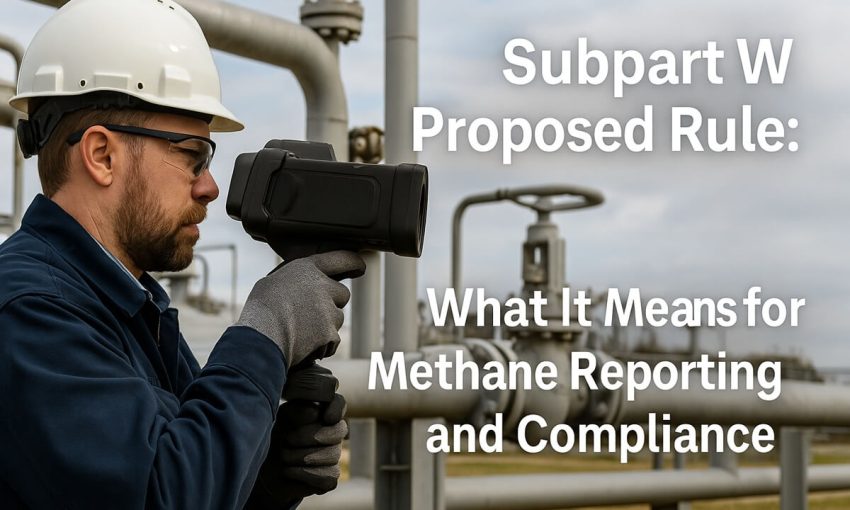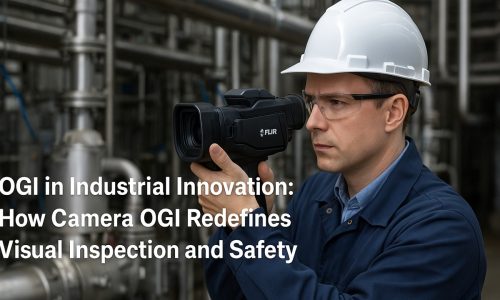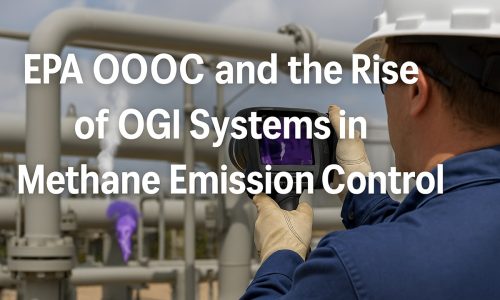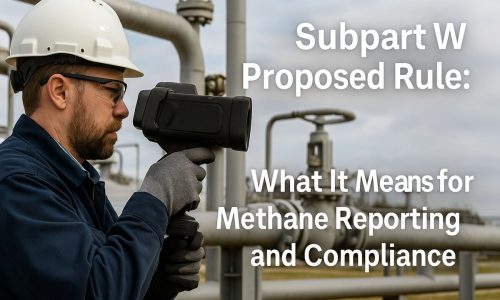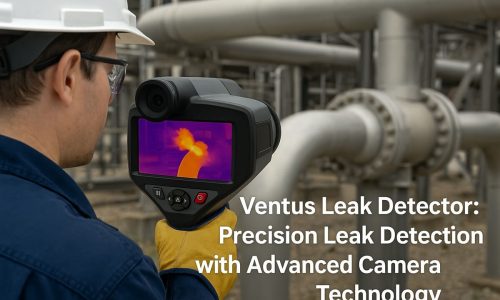Introduction: The Evolving Landscape of Methane Regulation
Methane has long been a focal point in global climate policy — and in 2025, the U.S. Environmental Protection Agency (EPA) continues to sharpen its focus through updates to its Greenhouse Gas Reporting Program (GHGRP). One of the most significant developments is the Subpart W Proposed Rule, which updates the framework for reporting methane and other greenhouse gas emissions from oil and gas operations.
While EPA Subpart W has existed for years as the backbone of greenhouse gas reporting, the proposed updates represent a major shift toward higher accuracy, continuous monitoring, and data transparency. These changes will reshape how companies collect, verify, and submit emissions data — and they carry major implications for compliance, technology investment, and ESG accountability.
Understanding EPA Subpart W
To understand the Subpart W Proposed Rule, it’s essential to revisit the purpose of EPA Subpart W itself.
Subpart W is part of the EPA’s Greenhouse Gas Reporting Program (40 CFR Part 98), requiring oil and gas companies to measure and report methane, CO₂, and other greenhouse gas emissions. Facilities covered under Subpart W include:
-
Onshore and offshore production sites
-
Natural gas processing plants
-
Transmission and storage facilities
-
LNG import/export terminals
The goal of Subpart W is to ensure consistent, accurate data for national greenhouse gas inventories. It provides the foundation for emission tracking, policymaking, and compliance under broader climate frameworks such as the Inflation Reduction Act (IRA) and international methane reduction commitments.
Until now, Subpart W relied heavily on estimation methods and default emission factors. The Subpart W Proposed Rule aims to move beyond those limitations — introducing a new era of direct measurement and data-driven accountability.
Key Changes in the Subpart W Proposed Rule
The proposed updates to EPA Subpart W emphasize accuracy, verification, and integration of advanced technologies. Here’s what’s changing:
1. Expanded Use of Direct Measurement Technologies
The new rule encourages operators to replace calculation-based estimates with direct measurement tools such as Optical Gas Imaging (OGI) systems, methane cameras, and continuous monitoring sensors. This transition ensures that reported emissions reflect real-world conditions rather than theoretical assumptions.
2. Enhanced Data Transparency
Under the Subpart W Proposed Rule, operators will be required to provide more granular data, including:
-
Leak source locations
-
Quantified leak volumes
-
Time-stamped inspection data
-
Documentation of repairs and follow-up checks
This level of detail increases accountability and allows the EPA — and the public — to better track methane trends across the industry.
3. Integration with Continuous Monitoring (Appendix CAM)
The proposed rule aligns with EPA Appendix CAM (Continuous Air Monitoring) requirements, promoting continuous leak detection instead of periodic surveys. Facilities may integrate real-time sensors, drones, and fixed cameras for 24/7 monitoring.
4. Alignment with Methane Fee Programs
The Subpart W updates connect directly to the Methane Emissions Reduction Program (MERP) under the Inflation Reduction Act. Accurate reporting under Subpart W will determine whether companies are subject to methane fees or exemptions.
5. Data Verification and Third-Party Audits
To ensure reliability, the EPA may require third-party data validation or calibration certification for sensors and leak detection cameras, reinforcing data credibility.
How EPA Subpart W Impacts Oil and Gas Operators
For operators, the Subpart W Proposed Rule means both opportunity and responsibility.
On one hand, it encourages modernization. Companies that adopt OGI cameras, methane sensors, and AI-based analytics can simplify compliance and reduce long-term costs. On the other hand, it raises the bar for accuracy — operators can no longer rely solely on default emission factors or infrequent manual surveys.
The transition will require investment in:
-
Certified OGI technology (to capture methane leaks visually and quantitatively).
-
Continuous monitoring systems for critical infrastructure.
-
Data integration platforms that align with EPA reporting formats.
By proactively upgrading their detection and reporting capabilities, companies can stay ahead of enforcement actions and demonstrate ESG leadership.
The Role of OGI and Leak Detection Cameras in Subpart W
A defining feature of the Subpart W Proposed Rule is its endorsement of Optical Gas Imaging (OGI) and camera-based detection technologies. The EPA explicitly recognizes OGI systems as a proven method for detecting methane leaks.
A leak detection camera provides visual confirmation, showing operators the exact source and magnitude of leaks. When integrated with quantitative sensors, these systems transform methane management into a science-based, verifiable process.
In practice, this means that OGI cameras and infrared detection systems are no longer optional add-ons — they’re becoming central to regulatory compliance. The combination of OGI and continuous monitoring aligns perfectly with the EPA’s goals for accurate, transparent methane tracking.
Subpart W and ESG: From Compliance to Corporate Value
The EPA Subpart W updates are not just regulatory — they’re strategic. In today’s ESG-driven market, emission transparency directly influences investor confidence, access to capital, and brand reputation.
Companies that excel at methane management through advanced detection systems can:
-
Improve ESG ratings and attract sustainability-focused investors.
-
Strengthen credibility in annual sustainability reports.
-
Demonstrate leadership in environmental stewardship.
-
Avoid financial penalties from non-compliance or methane fees.
In this way, the Subpart W Proposed Rule acts as both a compliance mandate and a business differentiator.
Preparing for Implementation: What Companies Should Do Now
The final rule is expected to come into effect soon, giving companies limited time to adapt. Steps to prepare include:
-
Evaluate Current Monitoring Systems
Assess whether your existing technology meets the new data and accuracy requirements. -
Invest in Certified OGI and Methane Detection Cameras
Ensure your systems meet EPA calibration and performance standards. -
Adopt Continuous Monitoring (CAM) Practices
Transition from scheduled LDAR inspections to ongoing, sensor-based surveillance. -
Enhance Data Management
Implement platforms that automate reporting and integrate CH4 (methane) data streams directly into EPA-ready formats. -
Train Staff and Align Internal Procedures
Update training programs to ensure that technicians, engineers, and compliance teams understand the new standards.
The Future of Methane Reporting Under Subpart W
The Subpart W Proposed Rule is part of a broader shift toward digital environmental governance. As AI and automation become standard in industrial monitoring, methane management will increasingly rely on intelligent systems that collect, process, and report emissions data autonomously.
In the near future, expect to see:
-
AI-assisted methane detection through automated image recognition.
-
Drone-based surveys integrated with EPA-compliant data streams.
-
Predictive leak analytics, reducing both emissions and repair costs.
-
Blockchain-backed data validation, ensuring transparency and integrity.
These innovations will not only help companies meet regulatory obligations but also redefine how environmental performance is measured and rewarded.
From Reporting to Responsibility
The Subpart W Proposed Rule represents more than a policy update — it is a signal that the era of estimated emissions is over. The EPA’s message is clear: operators must detect, measure, and report methane accurately and continuously.
By embracing modern technologies like Optical Gas Imaging, leak detection cameras, and real-time monitoring systems, companies can transform compliance into a competitive advantage. The shift from estimation to verification marks a new chapter in methane management — one where environmental performance is transparent, measurable, and central to long-term business success.
For forward-thinking operators, the time to act is now.

